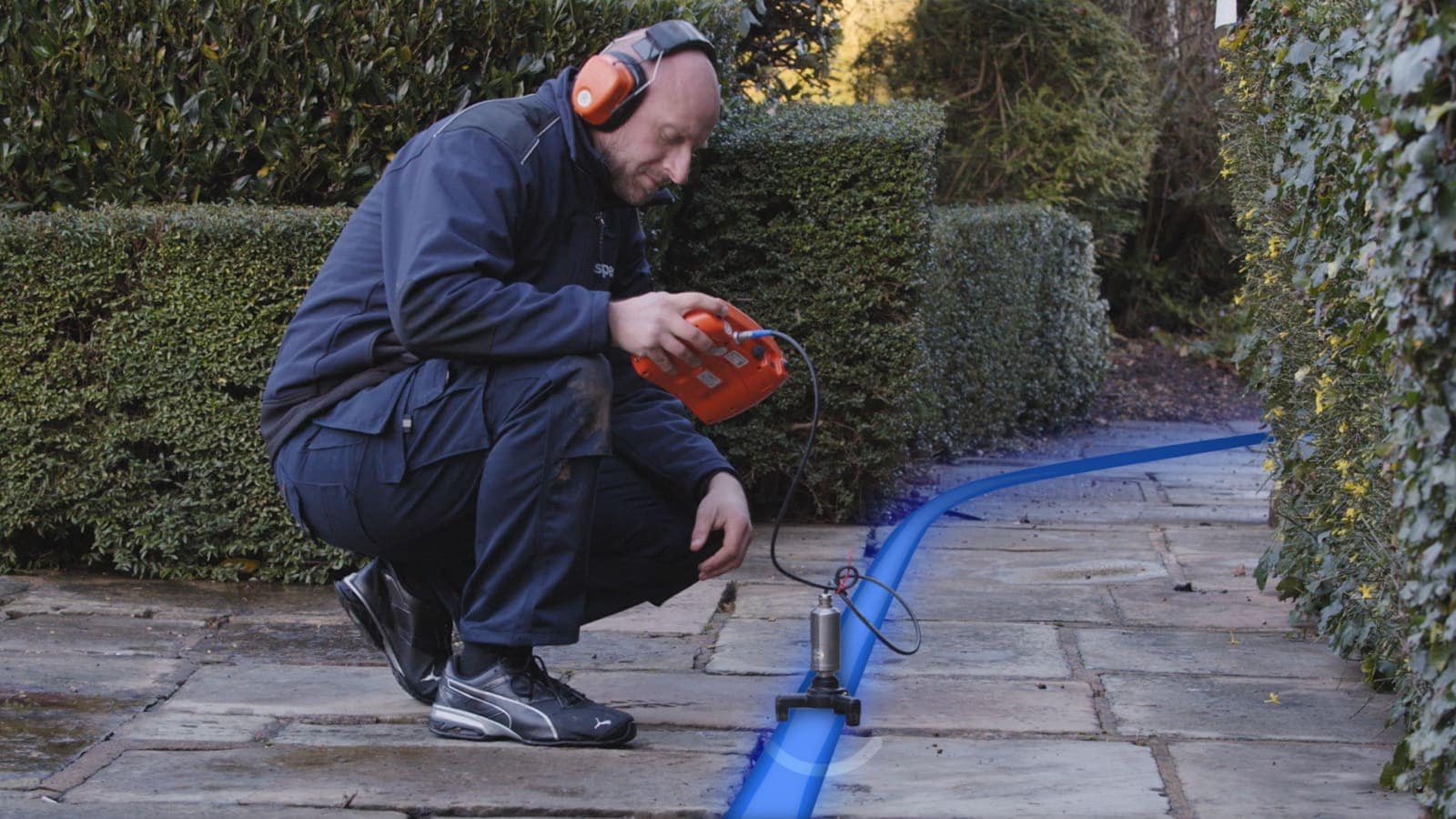Ingenious Solutions for Early Discovery of Water Leaks in Buildings and Infrastructure
As the honesty of buildings and infrastructure is extremely important, the difficulty of very early detection of water leakages has stimulated innovative options that promise to change the way we guard against prospective problems. From innovative leakage discovery technologies to the implementation of IoT sensing units for real-time monitoring, the landscape of leakage avoidance is developing quickly. Artificial intelligence formulas provide a glance into the future of leak forecast, while thermal imaging presents a non-intrusive technique for determining covert leakages. Automated water circulation evaluation systems are reshaping exactly how leakages are recognized and addressed, leading the way for a positive technique to water leakage detection. Each of these services holds the key to making certain the integrity and longevity of our built atmosphere, motivating a change in the direction of a more sustainable and effective future.
Advanced Leakage Discovery Technologies
Advanced leakage detection innovations, furnished with sophisticated sensing units and formulas, play an essential role in swiftly identifying and pinpointing water leakages in numerous setups. These innovations utilize a combination of acoustic, thermal, and electromagnetic sensing approaches to identify leakages precisely. Acoustic sensors spot the sound of escaping water, enabling specific localization of the leakage source. Thermal imaging spots temperature changes triggered by water leakage, giving an additional efficient method for leakage recognition. Electromagnetic sensors can recognize modifications in magnetic fields triggered by water, providing yet an additional layer of leakage detection capacity.

IoT Sensors for Real-Time Surveillance
In the realm of contemporary water leak discovery, the assimilation of IoT sensors for real-time tracking stands for a crucial advancement in improving positive leakage discovery capabilities. These sensors provide continual surveillance of water supply, providing real-time data on water flow rates, stress variations, and temperature level changes. By leveraging IoT innovation, these sensors can identify also the tiniest abnormalities in water usage patterns, making it possible for very early recognition of possible leakages prior to they rise right into significant issues.
IoT sensors transmit data to a centralized platform, where advanced formulas assess the details and create alerts or notifications when abnormalities are spotted. This real-time monitoring capability allows homeowner or facility managers to quickly address leaks, decreasing water damages, minimizing repair service expenses, and conserving water resources.
In addition, IoT sensing units can be integrated with building monitoring systems, enabling automatic actions to identified leakages, such as turning off water valves or turning on pumps to alleviate the effect of leakages. Generally, the application of IoT sensors for real-time surveillance substantially improves the efficiency and performance of water leak discovery in structures and infrastructure.
Artificial Intelligence Algorithms for Leakage Prediction

One secret advantage of making use of equipment discovering for leak prediction is its capacity to constantly learn and useful source boost its accuracy over time. As even more data is collected and fed right into the formula, it can refine its forecasts and adapt to changing problems, ultimately raising the dependability of leakage discovery systems.
Furthermore, machine understanding algorithms can aid in determining refined indications of leaks that might go unnoticed by traditional tracking methods. water leak detection. By examining complex information sets in real-time, these formulas can supply early cautions and alerts, permitting for prompt treatment find this and preventive maintenance to minimize prospective water damages and connected prices
Utilizing Thermal Imaging for Leakage Discovery
Thermal imaging innovation supplies a promising technique for spotting water leakages in various systems and facilities. By making use of infrared radiation and temperature variations, thermal imaging electronic cameras can identify concealed leakages that are not easily noticeable to the nude eye. When water escapes from pipes or structures, it usually changes the temperature of the bordering area, creating temperature differentials that thermal cams can record. These temperature level irregularities are then equated into noticeable photos, highlighting the exact place of the leak.
One of the crucial advantages of thermal imaging for leakage discovery is its non-intrusive nature. In general, the usage of thermal imaging modern technology boosts the effectiveness and accuracy of water leakage detection, making it a beneficial tool for maintaining the honesty of buildings and facilities.
Automated Water Circulation Evaluation Solutions
Just how can automatic water flow evaluation systems revolutionize the discovery and management of leakages in different systems and infrastructures? Automated water circulation analysis systems supply a positive strategy to leak discovery by continuously keeping track of water circulation rates and patterns. By developing baseline information, these systems can quickly determine deviations that may show a leakage, enabling timely treatment to stop considerable damage.
These systems use advanced algorithms to analyze real-time information and give immediate informs when abnormalities are discovered, enabling swift action to be taken. Furthermore, automatic water flow evaluation systems can be incorporated with structure management systems or IoT platforms, boosting total efficiency and allowing remote monitoring abilities.
Furthermore, the data collected by these systems can be used for predictive Discover More Here maintenance purposes, helping to determine possible weak factors in the framework prior to leakages happen. In general, the application of automatic water flow evaluation systems can considerably improve leak discovery and monitoring techniques, eventually causing cost savings, lowered water wastefulness, and raised sustainability in structures and facilities.

Verdict
In conclusion, the integration of sophisticated leak detection technologies, IoT sensors, artificial intelligence algorithms, thermal imaging, and automated water flow evaluation systems supplies ingenious remedies for very early discovery of water leakages in structures and facilities. These innovations enable real-time tracking, prediction of leaks, and reliable discovery approaches to protect against water damages and waste. Carrying out these options can help in maintaining the integrity and sustainability of water supply in numerous setups.
Comments on “Discover Reliable Water Leak Detection Providers for Accurate and Rapid Outcomes”